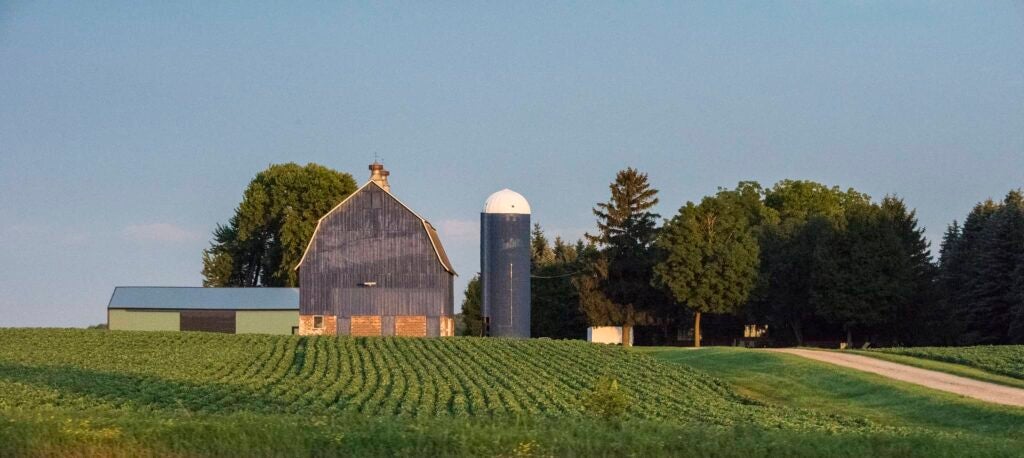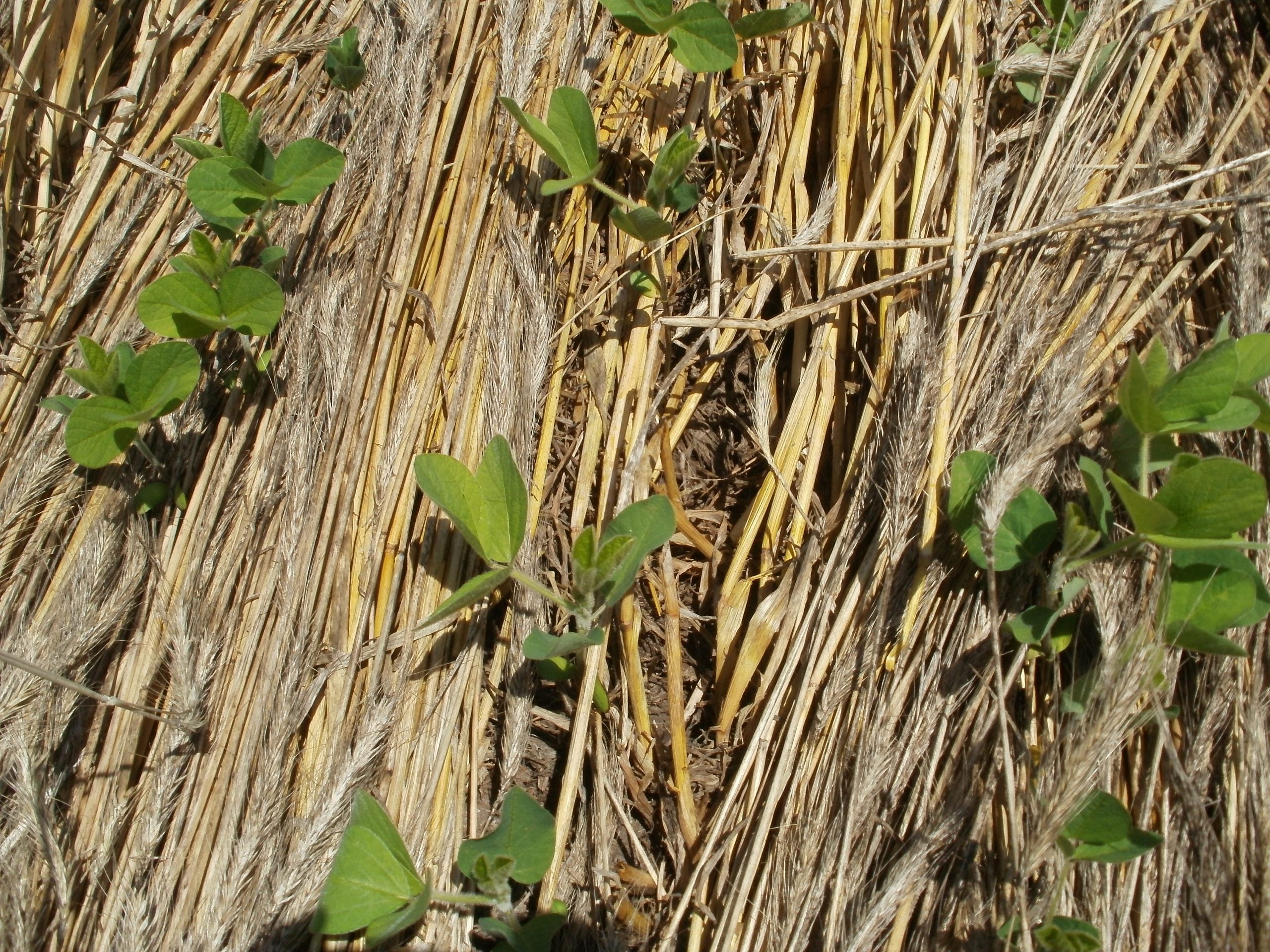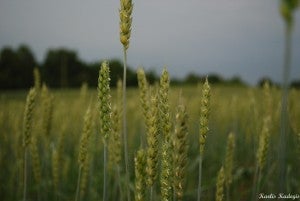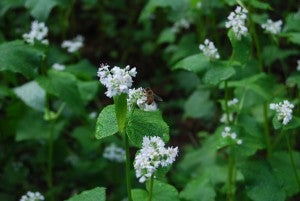Data on the financial impacts of climate-smart practices, like cover crops, can help inform farmers’ financial decisions when considering these practices. While cover crops can help improve soil health and make farms more resilient to extreme weather, farmers continue to have questions about the types of financial impacts cover crops will have on their operations. A multi-year collaborative project is collecting and analyzing data to help farmers and their advisers answer these questions.
Growing Returns
Cover crop costs vary significantly: new data from 83 Minnesota farms shows
New analysis shows cover crops and no-till reduce crop insurance claims
The extremely wet spring of 2019 caused 14.2 million acres of cropland to go unplanted in the Midwest. Farmers across the region had flooded fields that kept them from getting equipment onto the fields to plant their crops. This resulted in over $4 billion of prevent-plant crop insurance claims, which assists farmers when weather conditions keep them from planting a crop altogether. Amidst these adverse weather challenges, farmers who were using cover crops and no-till reported facing less water on their fields, which allowed them to plant when their neighbors couldn’t.
A new study backs up these Midwest farmer stories with big data. Read More
New program sheds light on cover crop financials with big data
This post was co-authored by Katherine Wilts Johnson, extension economist at the University of Minnesota’s Center for Farm Financial Management.
Farmers’ interest in cover crops is growing rapidly along with increased focus on soil health. But one of the most important questions farmers continue to ask is how cover crops will impact their finances.
A new program launched by Environmental Defense Fund and the University of Minnesota’s Center for Farm Financial Management (CFFM) aims to answer the economic questions farmers have about cover crops by developing a new farm financial benchmarking program within the FINBIN database — the largest publicly available farm financial database in the country.
Experience plays a role in cover crop profitability
This blog was originally posted on Soil Health Partnership’s blog.
When it comes to cover crops, patience combined with realistic expectations is often the name of the game. Unlike the immediate cost savings that often come with conservation tillage, cover crops have annual costs as well as efficiencies and soil health benefits that can take time to achieve.
These are some of the reasons why in our report, Conservation’s Impact on the Farm Bottom Line, we found experienced cover crop users were more profitable when compared to new adopters. Read More
Cover crops reduce cropping input costs, with other benefits farmers “can’t put a price on”
This blog is authored by Bethany Baratta, senior writer at Iowa Soybean Association. It originally posted on the Iowa Soybean Association Newsroom.
Cover crops have proven benefits for soil health. A recent Iowa Soybean Association study shows that cover crops can also reduce the input costs associated with growing crops.
“Cover crops are an added cost to the operation. However, this study shows a subset of participants in a corn-soybean rotation are able to offset those costs by finding a yield advantage, reducing inputs or both to improve overall profitability,” said Heath Ellison, ISA senior conservation agronomist who led the study in partnership with the Walton Family Foundation, Environmental Defense Fund and Iowa-based Regional Strategic, Ltd. Read More
Monetizing cover crops improves profitability for Iowa farmers, study shows
This blog is authored by Bethany Baratta, senior writer at Iowa Soybean Association. It originally posted on the Iowa Soybean Association Newsroom.
While many farmers add cover crops with the goal to improve soil health, some participants in an Iowa Soybean Association (ISA) study are turning cover crops into new business opportunities. Capturing profit opportunities could result in expanded cover crop use in the state, the study showed.
Twenty Iowa farmers were chosen for the study during the 2018 crop year to take a closer look at the relationship between conservation adoption and farm production and profitability. Study participants were chosen based on their use of conservation practices such as cover crops and conservation tillage. Combined, participants raised 27,535 acres of corn and soybeans, and were geographically dispersed throughout the state. Read More
What are cover crops doing on a pecan orchard? Hopefully attracting bugs.
You don’t typically hear farmers saying they want to attract bugs to their farm, but that’s what a unique conservation project in California’s Sacramento Valley is doing – determining whether cover crops can attract more at-risk native pollinators, like monarch butterflies, in addition to insects that serve as pest control, like ladybugs.
The project came about thanks to a $3-million monarch and pollinator recovery bill (AB 2421) designed to establish habitat restoration projects for important pollinator species facing steep population losses. Read More
Cover crops: a new opportunity for ag retailers
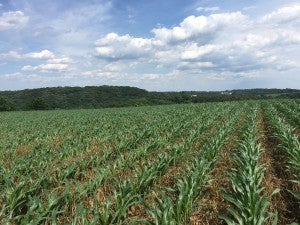
Corn planted in cover crops. Photo courtesy of SUSTAIN.
For the fourth year in a row, a nationwide farmer survey found a boost in soybean and corn yields following the planting of cover crops. That’s in part why cover crop usage increased 350 percent from 2008 to 2012 among the farmers surveyed.
Cover crops are also great for the environment, since they help keep excess nutrients in the field and out of waterways. Yet only around 2 percent of all U.S. farmland uses cover crops, an alarmingly low figure.
That leaves a ton of room for improvement, which could result in huge environmental gains – and a new business opportunity for ag retailers.
Ag retailers that offer expertise on and sell cover crops to their famer customers can get in on this rapidly growing trend. And in so doing, gain customer loyalty and stand out from competitors. Read More
How cover crops can help growers beat droughts and floods
Corn is trying to fight this summer’s extreme weather, and unfortunately, the weather is winning.
There are serious floods in the Midwest, devastating droughts in California, and brutal heat waves along the eastern seaboard. Ohio for example had a record June rainfall of 11 inches, which stunted corn roots and prevented many growers from planting any corn crops. In Northwest Ohio alone, 100,000 acres were left unplanted. At the same time, places in my home state of North Carolina experienced a June heat wave during the critical corn pollination period, significantly damaging corn yields.
These extreme weather events leave many farmers searching for ways to make the best of a challenging growing season. Although June’s weather was the opposite in Ohio and North Carolina, cover crops offer a proven solution to deal with both conditions. Read More
Cover crops nourish the soil through winter
The harvest season is ending, but for many growers concerned about the health of their soil, it is time to plant cover crops. I am not a farmer, but I wondered: if cover crops work for farmers, would they improve the soil in my North Carolina kitchen garden?
So late this summer I planted a buckwheat cover crop on half of my garden. I’ll be honest. My record as a gardener is spotty. This year we had a bounty of tomatoes and volunteer pumpkins, while nothing else thrived. A cover crop could improve my soil and my harvest next summer.
Cover crops offer big benefits
On farms, cover crops include grasses and grains such as cereal rye, legumes such as crimson clover, and broadleaf plants like radishes. They are not harvested like corn or soybeans. Instead, they are left in the field or incorporated into the soil.










